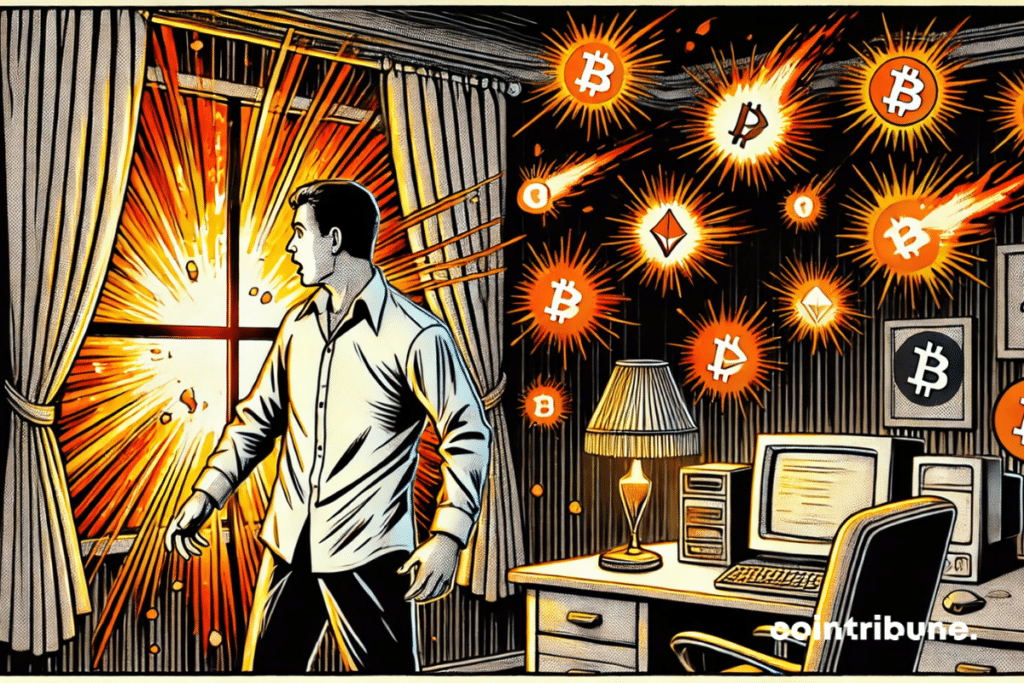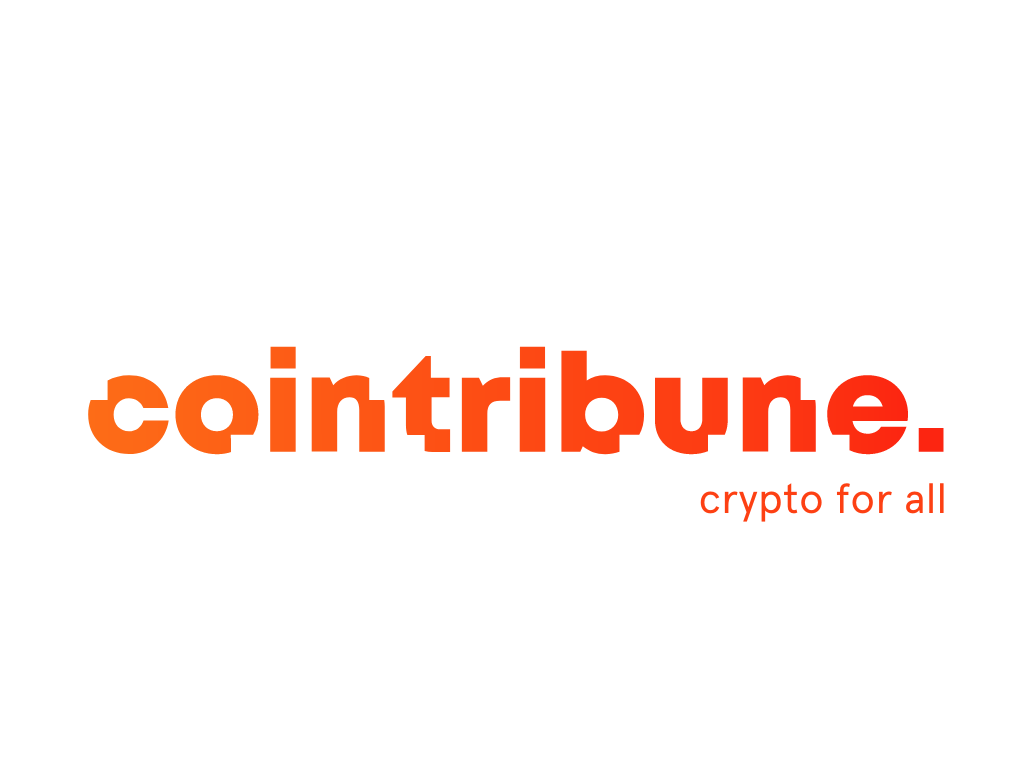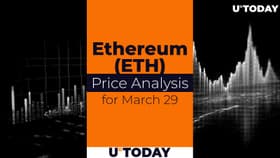Crypto: What If The Altcoin Season Had Already Begun…
0
0
The classic altseason pattern, this moment when altcoins explode after a surge in Bitcoin, seems to belong to the past. Despite a bullish market, the dynamics observed during previous cycles are not repeating. An unprecedented redistribution of capital flows is disrupting the rules of the game. The rise of meme coins, extreme volatility, and the influx of institutional investors are profoundly changing the crypto landscape. The current cycle marks a turning point where the old logic of asset rotation gives way to a more pronounced segmentation of the market.

An altseason overshadowed by new players
The traditional idea of an altcoin season is based on a well-established sequence: a surge in Bitcoin, followed by a rotation of capital towards altcoins, which then record spectacular increases.
Historically, this pattern has been verified during the 2015-2018 and 2019-2022 cycles, but the current rise in the crypto market does not seem to follow this logic. According to the Altseason Index from Blockchain Center, signals emerged in March 2024 and January 2025, but without sustaining over time.
Among the causes identified by analysts, several phenomena have redefined the circulation of capital in the ecosystem:
- The rise of meme coins: these ultra-speculative tokens have captured the attention of investors at the expense of traditional altcoins.
- Lightning-fast but destructive performances: “speculative capital, which would normally have fueled the top 200 assets, has turned towards ultra-volatile low-cap projects,” says analyst Miles Deutscher.
- Significant losses for retail: while insiders could profit from the wave, latecomers saw their positions drop by 70% to 80%, particularly on tokens like TRUMP (-83%) and MELANIA (-95%).
- Increased volatility and a depletion of overall liquidity: unlike in 2022 when losses were concentrated on centralized platforms, investors found themselves trapped in illiquid assets.
By concentrating flows on a handful of unstable assets, the market has temporarily deviated from its usual dynamics, rendering the very idea of a generalized altseason obsolete for this cycle.
A new capital distribution and contrasting performances
While the absence of a generalized altseason is intriguing, another trend is emerging: the increased specialization of altcoins. Instead of progressing as a homogeneous block, the various asset categories show divergent trajectories. According to CoinGecko data, Real World Assets (RWA) have soared by 1,500%, while the GameFi sector has seen its capitalization fall by half.
Another major element has changed the game: the massive influx of institutional investors through Bitcoin ETFs. Since their launch in January 2024, these products have attracted $129 billion and have provided investors with regulated and secure exposure to BTC.
While some believe that this development has curbed speculation on altcoins, others see it as an opportunity to broaden crypto adoption. Moreover, the introduction of Ethereum ETFs in July 2024 proves that major institutions do not plan to stop with Bitcoin, even if their impact remains modest with a net influx of only $565,000.
These new dynamics suggest a turning point in the market’s evolution. Rather than waiting for a classic altseason, investors must now adjust their approach and analyze performances by asset categories. The era when all altcoins evolved together seems to be over, in favor of a more mature, segmented ecosystem driven by specific narratives.
0
0
 Manage all your crypto, NFT and DeFi from one place
Manage all your crypto, NFT and DeFi from one placeSecurely connect the portfolio you’re using to start.








